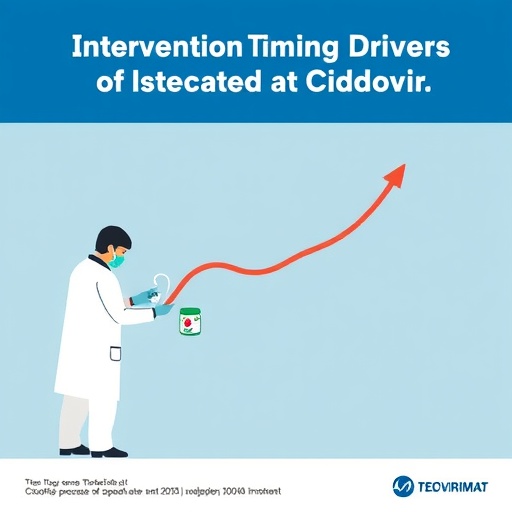On Valentine’s Day, people who have been unlucky in love will be said to suffer from a “broken heart.”
Broken heart also refers to an actual medical condition that feels like a heart attack. Broken heart syndrome occurs during highly stressful or emotional times, such as divorce, the death of a spouse, a serious medical diagnosis or significant financial problems, said Loyola University Health System cardiologist Sara Sirna, MD.
Broken heart syndrome also is known as stress-induced cardiomyopathy, Takosubo’s cardiomyopathy or transient apical ballooning syndrome. The underlying cause is not known but is thought to be secondary to the release of adrenalin and other stress hormones that have a deleterious effect on the heart.
Symptoms typically include chest pain and difficulty breathing, and can easily be mistaken for a heart attack. Broken heart syndrome typically occurs in patients older than 50 and is more common in women, although it also can occur in younger women and men.
“Like a heart attack, broken heart syndrome can be very alarming to patients,” Dr. Sirna said. “But unlike a heart attack, broken heart syndrome usually is reversible, with no long-lasting effects on the heart muscle. Most affected individuals regain cardiac function within a short period of time.”
It’s often difficult to tell the difference between broken heart syndrome and a heart attack. Thus, if you experience symptoms such as chest pain and difficulty breathing, don’t assume you’re having broken heart syndrome — call 911, Dr. Sirna said.
Story Source:
The above story is based on materials provided by Loyola University Health System.






